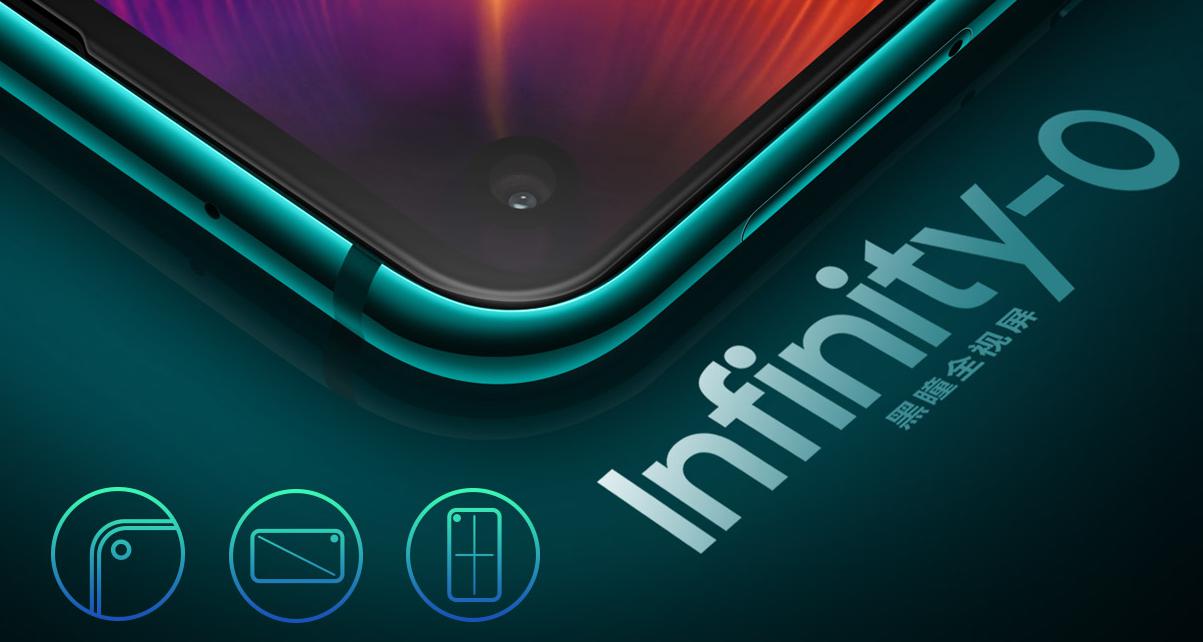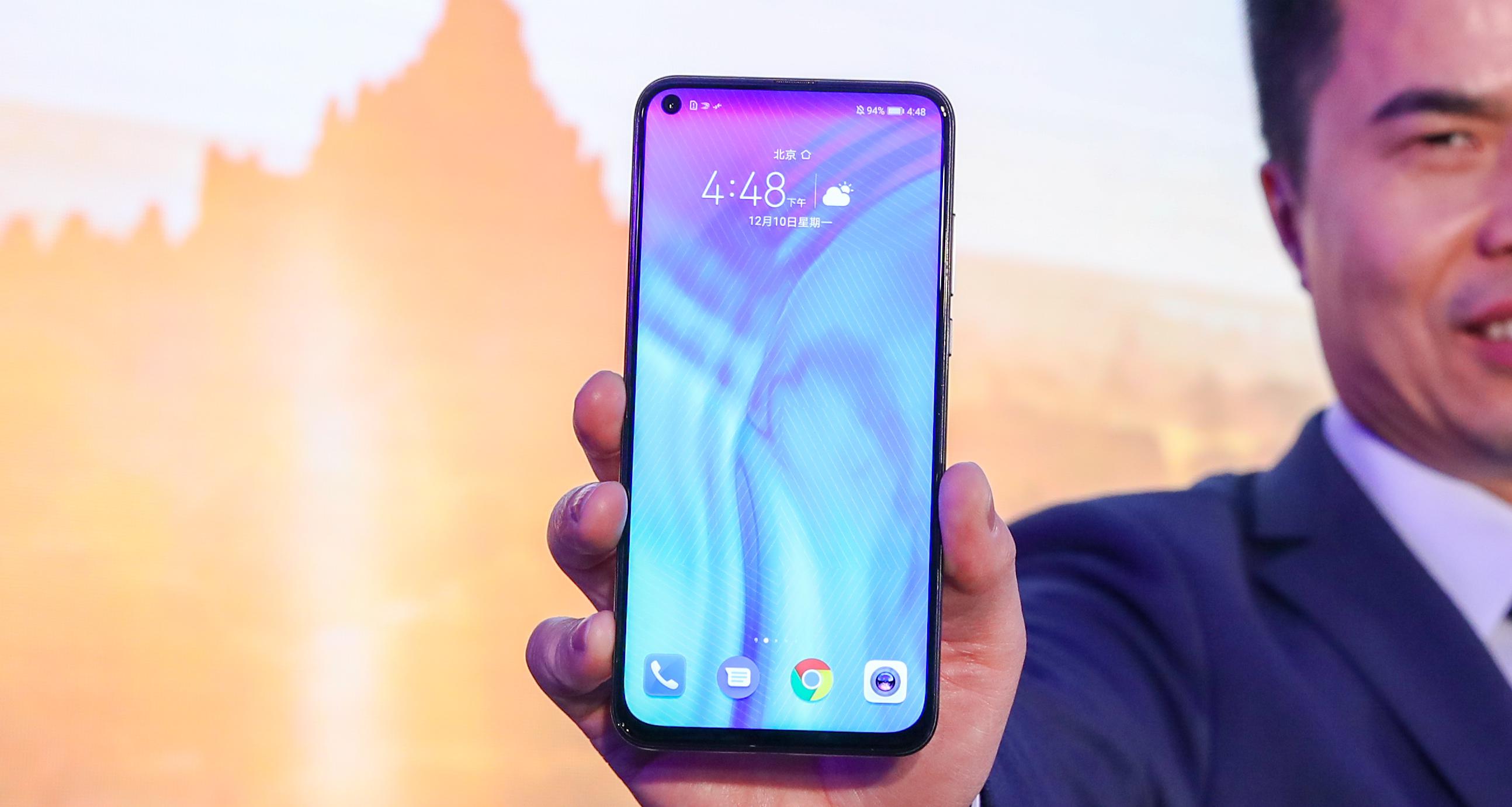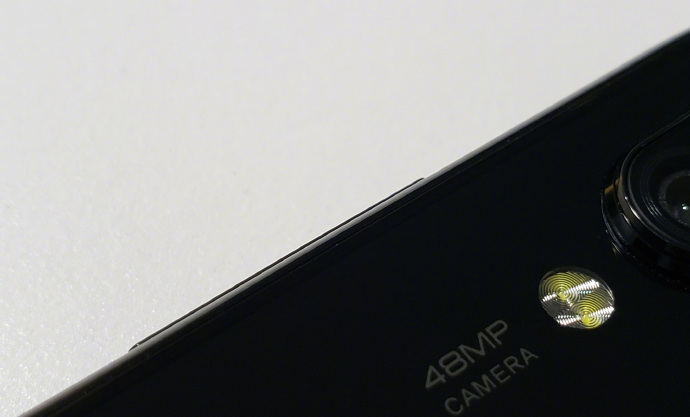Google CEO Sundar Pichai has managed to avoid the public political grillings that have come for tech leaders at Facebook and Twitter this year. But not today.
Today he will be in front of the House Judiciary committee for a hearing entitled: Transparency & Accountability: Examining Google and its Data Collection, Use and Filtering Practices.
The hearing kicks off at 10:00 ET — and will be streamed live via our YouTube channel (with the feed also embedded above in this post).
Announcing the hearing last month, committee chairman Bob Goodlatte said it would “examine potential bias and the need for greater transparency regarding the filtering practices of tech giant Google”.
Republicans have been pressuring the Silicon Valley giant over what they claim is ‘liberal bias’ embedded at the algorithmic level.
This summer President Trump publicly lashed out at Google, expressing displeasure about news search results for his name in a series of tweets in which he claimed: “Google & others are suppressing voices of Conservatives and hiding information and news that is good.”
Google rejected the allegation, responding then that: “Search is not used to set a political agenda and we don’t bias our results toward any political ideology.”
In his prepared remarks ahead of the hearing, Pichai reiterates this point.
“I lead this company without political bias and work to ensure that our products continue to operate that way. To do otherwise would go against our core principles and our business interests,” he writes. “We are a company that provides platforms for diverse perspectives and opinions—and we have no shortage of them among our own employees.”
He also seeks to paint a picture of Google as a proudly patriotic “American company” — playing up its role as a creator of local jobs and a bolster for the wider US economy, likely in the hopes of defusing some of the expected criticism from conservatives on the committee.
However his statement makes no mention of a separate controversy that’s been dogging Google this year — after news leaked this summer that it had developed a censored version of its search service for a potential relaunch in China.
The committee looks certain to question Google closely on its intentions vis-a-vis China.
In statements ahead of the hearing last month, House majority leader, Kevin McCarthy, flagged up reports he said suggested Google is “compromising its core principles by complying with repressive censorship mandates from China”.
Trust in general is a key theme, with lawmakers expressing frustration at both the opacity of Google’s blackbox algorithms, which ultimately shape content hierarchies on its platforms, and the difficulty they’ve had in getting facetime with its CEO to voice questions and concerns.
At a Senate Intelligence committee hearing three months ago, which was attended by Twitter CEO Jack Dorsey and Facebook COO Sheryl Sandberg, senators did not hide their anger that Pichai had turned down their invitation — openly ripping into company leaders for not bothering to show up. (Google offered to send its chief legal officer instead.)
“For months, House Republicans have called for greater transparency and openness from Google. Company CEO Sundar Pichai met with House Republicans in September to answer some of our questions. Mr. Pichai’s scheduled appearance in front of the House Judiciary Committee is another important step to restoring public trust in Google and all the companies that shape the Internet,” McCarthy wrote last month.
Other recent news that could inform additional questions for Pichai from the committee include the revelation of yet another massive security breach at Google+; and a New York Times investigation of how mobile apps are location tracking users — with far more Android apps found to contain location-sharing code than iOS apps.
from Android – TechCrunch https://ift.tt/2B9oxLF
via IFTTT




 The app got a
The app got a